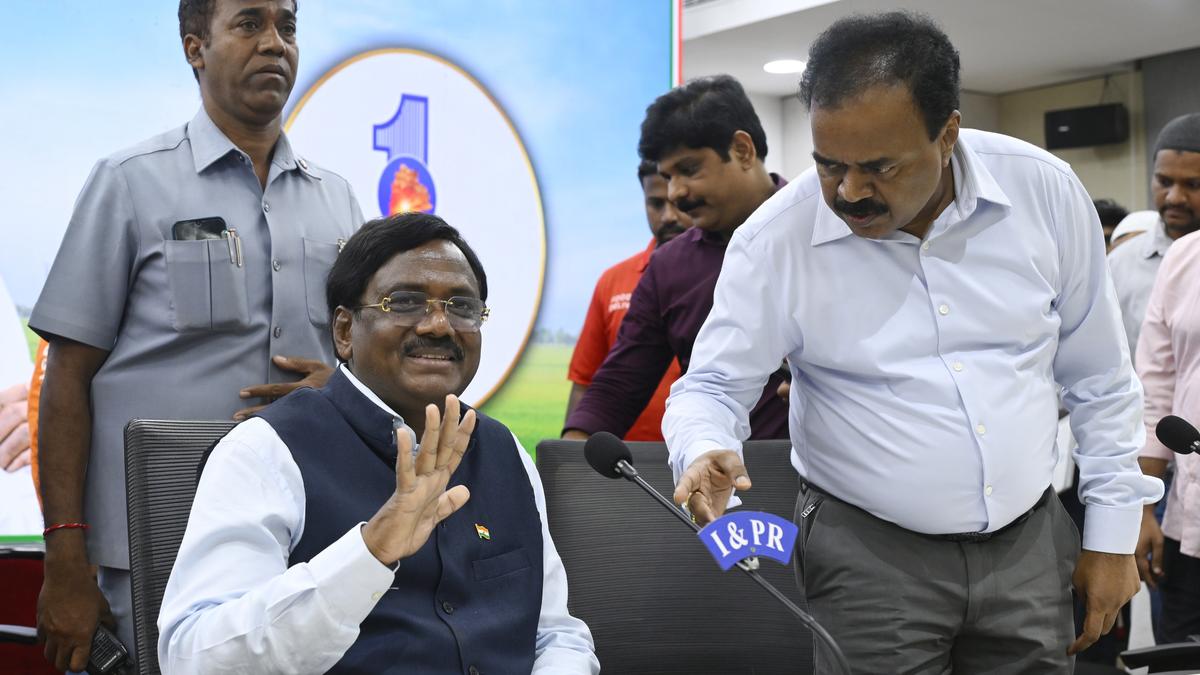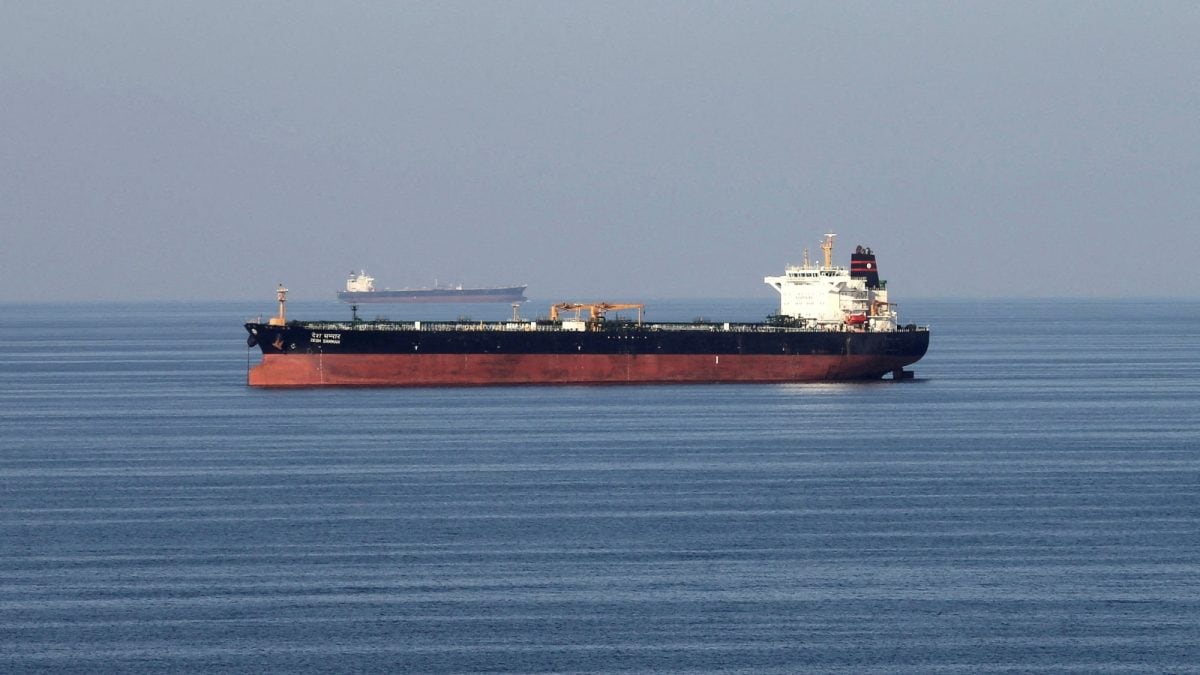ARTICLE AD BOX
Last Updated:June 27, 2025, 14:52 IST
Then Law Minister HR Gokhale, Attorney General Niren De and Om Mehta assured Indira Gandhi that a particular provision gave the government the power to call for an emergency

Indira Gandhi wanted clarity on one crucial legal point - could she legally impose an Emergency without Parliament's prior approval? (News18 Hindi)
Hours before India was plunged into its darkest constitutional hour on the night of June 25, 1975, Prime Minister Indira Gandhi sat poring over the original copy of the Constitution. It was the afternoon of 24 June 1975. Political chaos had been brewing for days, but the immediate trigger was a damning verdict from the Allahabad High Court that had threatened her very hold on power.
With mounting pressure from a rising opposition and a wave of mass protests sweeping across the country, Indira Gandhi wanted clarity on one crucial legal point – could she legally impose an Emergency without Parliament’s prior approval?
Her aides, Principal Secretary PN Dhar and senior bureaucrat Om Mehta, promptly summoned the Constitution from Rashtrapati Bhavan and the Law Ministry. At her official residence at 1, Safdarjung Road, she turned to a specific provision, Article 352.
What she found in that clause would shape the destiny of a nation.
Article 352: The Gateway To Emergency Rule
Her advisors urged her to focus on Article 352, a provision that allowed the President to declare a national emergency if he believed the nation’s security was threatened by war, external aggression, or internal disturbance. Unlike war or rebellion, “internal disturbance" was a vague and pliable term, undefined in either Parliament or the Supreme Court. It was this ambiguity that became Indira Gandhi’s constitutional weapon.
Then Law Minister HR Gokhale, Attorney General Niren De (not Parashar, according to historical records), and Om Mehta assured her that the provision gave the government sweeping powers to rule directly, suspending fundamental rights and democratic processes. They further confirmed that a proclamation could be issued without prior parliamentary approval; only the President’s signature was needed on the Prime Minister’s written advice.
By late evening on 25 June 1975, Indira Gandhi met President Fakhruddin Ali Ahmed twice, once in the evening and again close to midnight. He was considered loyal and unlikely to resist. That night, at her insistence, he signed the proclamation.
At the stroke of midnight, the Emergency was declared.
The roots of this unprecedented move lay in a verdict delivered just weeks earlier. On 12 June 1975, the Allahabad High Court found Prime Minister Indira Gandhi guilty of electoral malpractice in her 1971 win over socialist leader Raj Narain from Rae Bareli. The court disqualified her from holding office and barred her from contesting elections for six years.
Soon after the court’s ruling, the opposition launched a nationwide campaign demanding her resignation. Leading the movement was the venerable Jayaprakash Narayan (JP), who rallied students, workers, and civil society. In a speech that alarmed the ruling establishment, JP even urged police and military personnel to disobey “unlawful orders".
The administration painted these acts as an existential threat to the constitutional order. Indira Gandhi’s inner circle argued that the country was descending into anarchy – trains had stopped running, courts were being surrounded, and public services had come to a standstill due to strikes.
The most dramatic was the 1974 railway strike, involving 17 lakh workers, which brought the country to a near-halt. A severe economic crisis – fuel shortages, inflation, and unemployment – only intensified the turmoil.
Drafting The Justification For Emergency
As the pressure mounted, Gandhi’s legal team crafted a justification for invoking Article 352. The official grounds listed in the emergency file included:
- Internal instability and nationwide protests
- A conspiracy by opposition forces to overthrow the elected government
- Threats to national security and administrative paralysis
- A direct appeal by JP to armed forces to defy the government
- Dangers to the Prime Minister’s personal safety
On the basis of this rationale, the President signed the Emergency order.
The Aftermath Of 1975 Emergency
With one stroke of the pen, democracy was suspended. Civil liberties vanished overnight. The press was muzzled, opposition leaders jailed, judicial oversight curtailed, and censorship became law.
For the next 21 months, India was ruled under extraordinary powers. Thousands of political opponents were imprisoned without trial. A period of forced sterilisations and slum demolitions followed, with the government wielding unchecked authority.
The Post-Emergency Reckoning
When the Emergency was lifted in March 1977, the public delivered a stinging rebuke. Indira Gandhi was voted out of power in a landmark election, and the Janata Party government led by Morarji Desai moved quickly to amend the Constitution. In 1978, through the 44th Constitutional Amendment, the vague phrase “internal disturbance" was replaced with the more specific “armed rebellion", to prevent future misuse.
- Location :
- First Published:
News india Why Indira Gandhi Asked For Original Copy Of The Constitution Before Imposing Emergency



.png)
.png)
.png)
















 2 hours ago
4
2 hours ago
4









 English (US) ·
English (US) ·